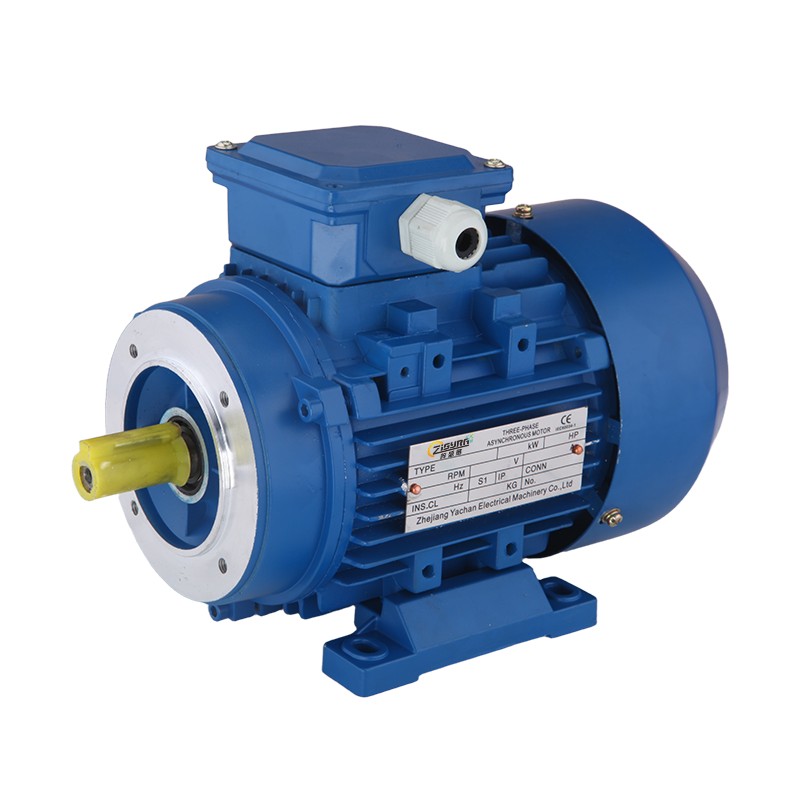How to Troubleshoot Common Induction Motor Problems
2025-09-01
Ever faced an unexpected shutdown or unusual noise from your industrial equipment? As someone with over two decades of experience at Zisyra, I’ve seen firsthand how proper troubleshooting can save time, money, and operational headaches. In this article, I’ll walk you through some of the most common Induction Motor issues and how to address them effectively—while also introducing how Zisyra’s products are designed to minimize these problems.
What Are the Most Common Induction Motor Failures
From my experience, most Induction Motor failures fall into a few predictable categories. Whether it’s winding failures, bearing issues, or rotor problems, understanding these common pitfalls can help you take proactive measures. At Zisyra, we’ve designed our motors with durability in mind, but even the best equipment requires attention.
Here are the top issues we often encounter:
-
Overheating due to poor ventilation or excessive load
-
Bearing wear or contamination leading to noise and vibration
-
Electrical imbalances causing winding insulation breakdown
-
Rotor bar defects resulting in reduced torque and efficiency
How Can You Diagnose an Induction Motor Problem
Diagnosing a faulty Induction Motor doesn’t always require sophisticated tools—though they certainly help. Start with a visual inspection. Look for signs of discoloration, dust buildup, or oil leakage. Listen for unusual sounds; a humming motor might indicate electrical issues, while grinding noises often point to mechanical faults.
Next, use a multimeter to check voltage and current unbalance. Our Zisyra motors come with built-in thermal sensors, but for older models, regular manual checks are essential. Remember, an overloaded Induction Motor will draw more current than rated—so keep an eye on that ammeter!
What Technical Specifications Should You Consider When Selecting a Motor
Choosing the right motor from the start can prevent many common issues. Below is a table comparing key parameters of standard industrial Induction Motor models available at Zisyra. Our products are engineered for high efficiency and reliability, ensuring longer service life even under demanding conditions.
| Parameter | Zisyra Model A | Zisyra Model B | Standard Market Average |
|---|---|---|---|
| Power Rating | 10 HP | 20 HP | 5-30 HP |
| Efficiency | 92% | 94% | 88-90% |
| Insulation Class | F | H | B or F |
| Protection Level | IP55 | IP56 | IP54 |
| Max Ambient Temp | 40°C | 45°C | 40°C |
Our Zisyra Induction Motor series also includes advanced features such as corrosion-resistant coatings and reinforced bearings. These aren’t just specs; they’re solutions to real-world problems we’ve helped customers overcome for years.
Why Is Regular Maintenance Critical for Motor Longevity
I always tell my clients: maintenance isn’t an expense; it’s an investment. A well-maintained Induction Motor can operate efficiently for decades. Simple actions like cleaning cooling fans, checking alignment, and lubricating bearings can dramatically extend motor life.
At Zisyra, we provide customized maintenance guides with each motor. Follow them, and you’ll avoid most of the common troubles that plague poorly maintained systems.
Can Zisyra Motors Help Reduce Downtime
Absolutely. Our motors are built with robustness in mind, but what truly sets Zisyra apart is our support. With real-time monitoring solutions and quick-service options, we help you catch problems before they lead to downtime. Don’t just take my word for it—our clients report up to 30% fewer operational interruptions after switching to our products.
Whether you’re dealing with an aging motor or planning a new installation, Zisyra has the right solution for you.
Experiencing persistent issues with your motors? Let’s talk. Contact us today for a free consultation or to request a detailed product catalog. At Zisyra, we’re not just selling motors; we’re delivering reliability.
